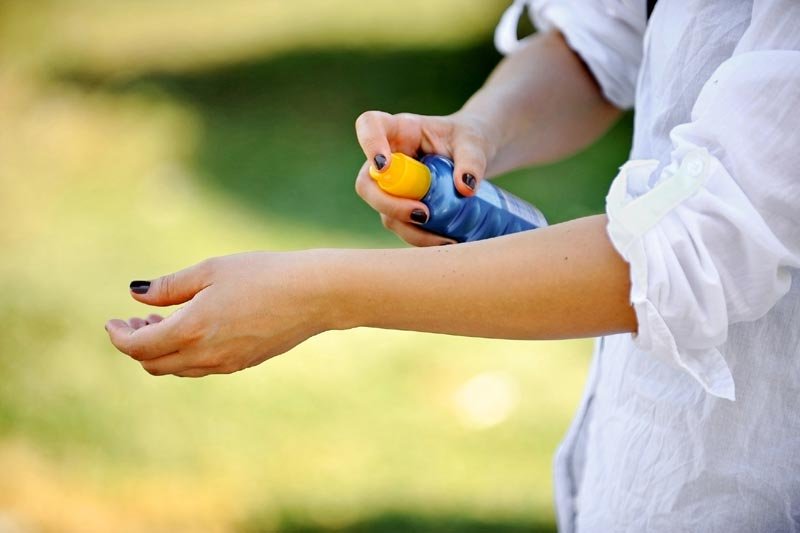As anyone living in Australia knows, biting midges can be a real nuisance. They bite people and animals, and the bites can be very irritating, painful, and sometimes can even cause lesions. To make matters worse, they’re extremely difficult to spot because of their small size.
Even though it’s no secret that most people detest midges, they’re actually quite fascinating creatures. In this post, we’re sharing with you some interesting facts about biting midges that a lot of people don’t know.
What you do with the shared information, that’s up to you. If you’re having problems dealing with midges in your home, however, you may find a few key facts below that will help you manage them better:
-
- Biting midges are known by different names: ‘no-see-ums’, ‘midges’, ‘midgies’, ‘punkies’, and ‘sandflies’.
- There are more than 4,000 species of biting midges in the Ceratopogonidae family.
- Only the female midges bite because they need blood meal for their eggs to develop properly.
- Midges aren’t known to carry any human disease in Australia, which means you don’t have to rush to the hospital to get treatment for biting midges.
- During and right after a full moon or new moon, midges are found to be more active in breeding and feeding.
- In cloudy and humid weather, midges actively bite both during daylight and in evenings.
- Midges can be found all over the world except Antarctica.
- Adult midges are only about 1-2 mm long, which is much smaller than a mosquito.
- Midges have a life cycle of no more than 8 weeks from egg to adult.
- While midges are known to stay in trees, grass, and plants, they don’t breed in these areas.
- Biting midges don’t establish homes inside houses or inside people and other animals.
- The eggs of biting midges come out white but eventually turn black or brown, and are only about 0.25 mm long.
- Some species of biting midges can lay up to 450 eggs at a time.
- In a single lifetime, a biting midge can lay eggs about 7 times.
- The eggs of biting midges may hatch within 2 to 10 days after being laid, depending on the type of species and environmental conditions.
- Midges only travel in packs or large swarms.
- The natural habitat of midges is somewhere marshy and wet, although they are known to be around mountainous areas and areas with dense plant growth.
- Like many insects, biting midges are much less active during the wintertime.
- Biting midges can detect the carbon dioxide that we exhale from 200 meters away. This is why people who do physical labour or exercise outdoors are likely to be bitten by midges.
- Midges are found to be more attracted to darker shades, so wearing bright or light-coloured clothes is better for preventing midge bites.
- Cattle, horses, and dogs are also common targets.
Tips to Prevent or Reduce Biting Midges in Your Home
Now that you’ve gotten to know these tiny bloodsuckers a bit better, they may not seem all that bad to you anymore. We don’t blame you if you still hate them though. If you’re having severe midge problems in your home, there are ways to improve the situation:
-
- Use DEET-containing products on your skin to repel midges and other pests.
- Make sure all windows have a screen mesh to keep them out.
- Close any gaps or cracks in the house, such as in the walls and ceilings.
- Don’t keep potted plants close to the entrances to the house.
- Keep a fan running to keep the midges from landing and biting you—they don’t like strong winds.
There’s no question that they are indeed a problem for anyone living in Australia, but just like any other creature, they’re also fascinating in their own way. Also, when you understand how they behave, you’re more likely to know how to minimise any problems related to them.
Related Videos :
https://www.youtube.com/watch?v=l7Gyx9JJ2AU




